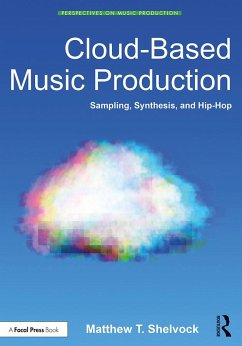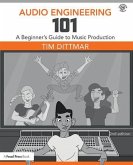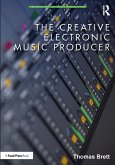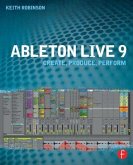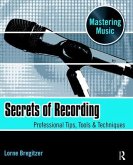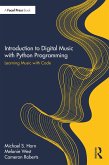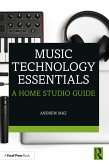Cloud-Based Music Production: Samples, Synthesis, and Hip-Hop presents a discussion on cloud-based music-making procedures and the musical competencies required to make hip-hop beats.
By investigating how hip-hop producers make music using cloud-based music production libraries, this book reveals how those services impact music production en masse. Cloud-Based Music Production takes the reader through the creation of hip-hop beats from start to finish - from selecting samples and synthesizer presets to foundational mixing practices - and includes analysis and discussion of how various samples and synthesizers work together within an arrangement. Through case studies and online audio examples, Shelvock explains how music producers directly modify the sonic characteristics of hip-hop sounds to suit their tastes and elucidates the psychoacoustic and perceptual impact of these aesthetically nuanced music production tasks.
Cloud-Based Music Production will be of interest to musicians, producers, mixers and engineers and also provides essential supplementary reading for music technology courses.
By investigating how hip-hop producers make music using cloud-based music production libraries, this book reveals how those services impact music production en masse. Cloud-Based Music Production takes the reader through the creation of hip-hop beats from start to finish - from selecting samples and synthesizer presets to foundational mixing practices - and includes analysis and discussion of how various samples and synthesizers work together within an arrangement. Through case studies and online audio examples, Shelvock explains how music producers directly modify the sonic characteristics of hip-hop sounds to suit their tastes and elucidates the psychoacoustic and perceptual impact of these aesthetically nuanced music production tasks.
Cloud-Based Music Production will be of interest to musicians, producers, mixers and engineers and also provides essential supplementary reading for music technology courses.

